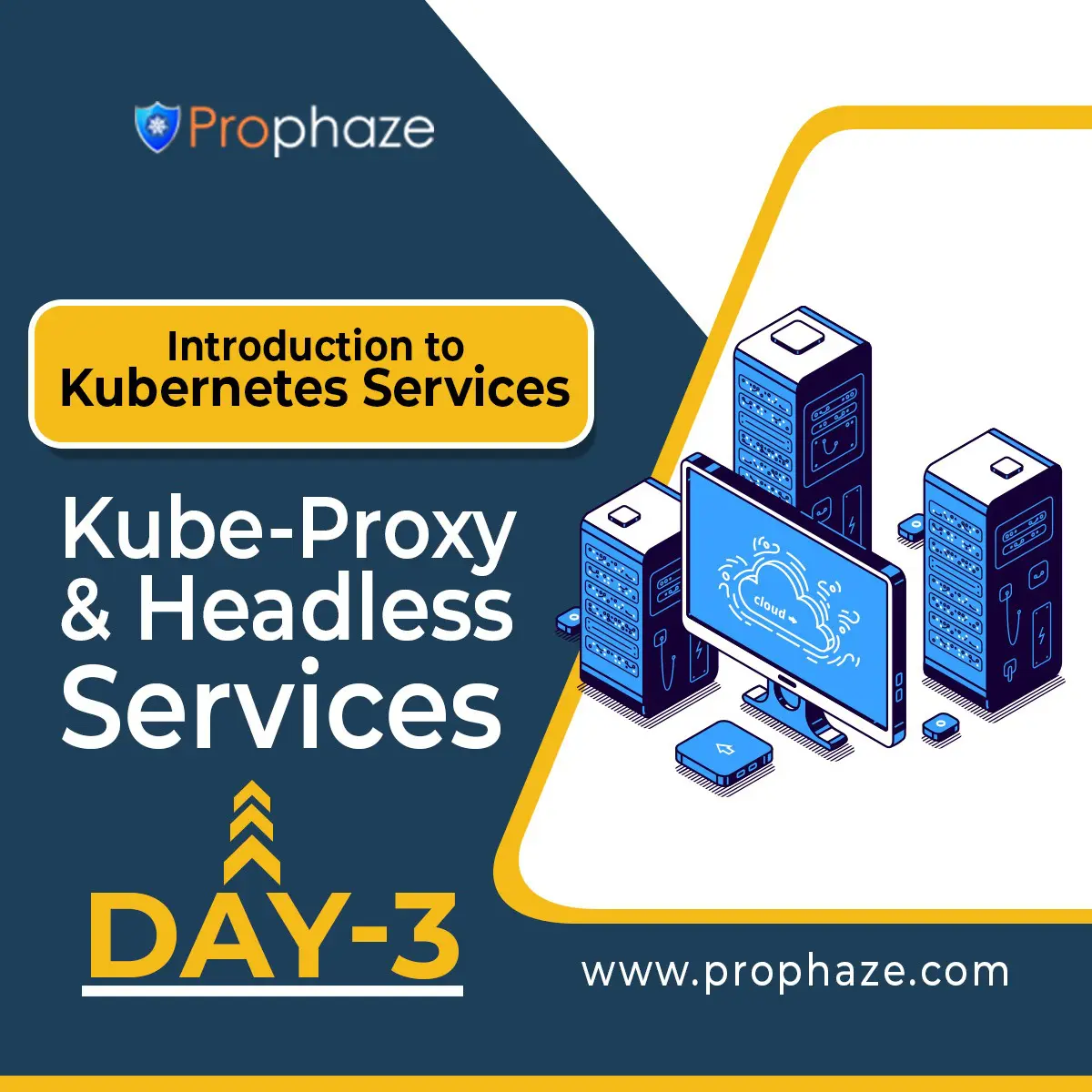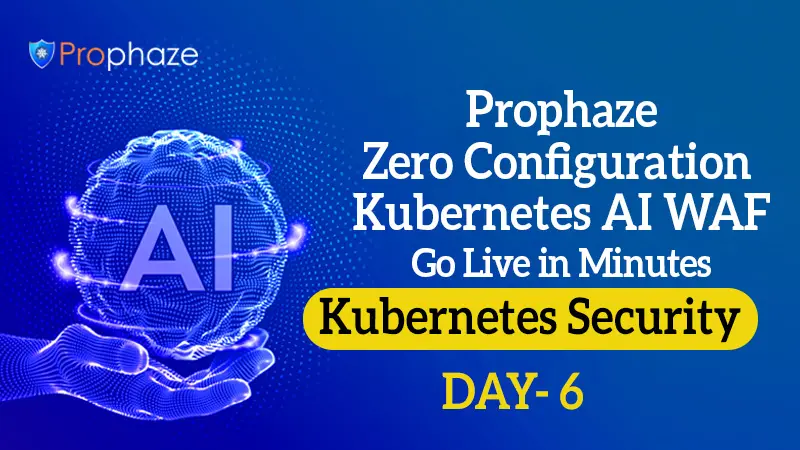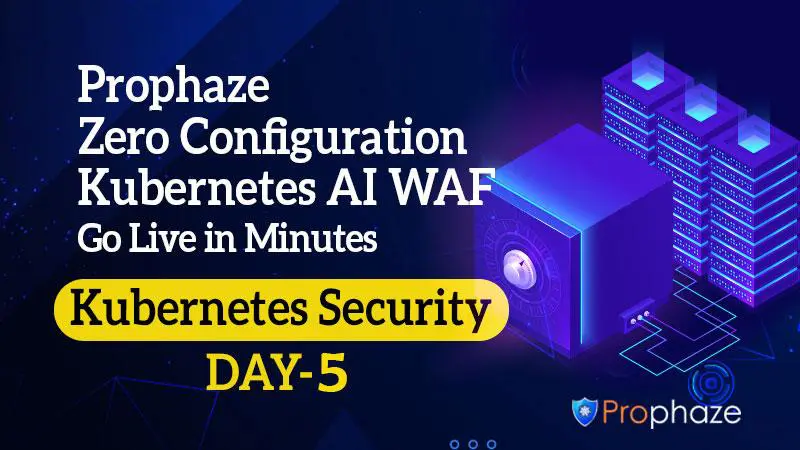
The Need for Container Security
The explosive growth of containers is foreseeable in the future. The technologies like Docker alleviate various issues for developers deploying

The explosive growth of containers is foreseeable in the future. The technologies like Docker alleviate various issues for developers deploying

Understanding the container security areas that need to be focused on and particular control recommendations helps to understand which threat

Runtime Security in Kubernetes deployment might be policed based on a pod-by-pod. A pod is a group of containers that

Nowadays enterprises are looking to transform software development practices to be agile to deliver more software faster. Container technology is

The Open Web Application Security Project (OWASP) periodically publishes a list of the top 10 web application security risks. The

To facilitate scalability and resilience, many organizations are running applications in cloud-native environments, with make use of containers and orchestration.

With the running application, we want to access one service. Let’s create a ClusterIP type of service. We can: Create

Kube-Proxy Kube-proxy implements a form of virtual IP for services for all types except ExternalName. Three modes are: (a) Proxy-mode:

Key Terms Nodes: Virtual host(s) on which containers/pods are running. Kubernetes Service: A logical set of pods that perform identical

Security should extend beyond images and workloads and defend the complete environment, as well as the cluster infrastructure. You want

Kubernetes Security: Runtime Phase The runtime phase exposes containerised applications to a slew of recent security challenges. The aim is
Kubernetes Container Security in Deployment Phase Kubernetes infrastructure ought to be designed firmly before workloads being deployed. From a security
Overview : Around 87% of organizations are using Kubernetes container orchestration to manage their container workloads. Each of the security
Overview : Kubernetes helps the enterprises to automate their application deployment for the business benefits. Now-a-days Kubernetes security can be
Overview : Permissions missuses in Nagios Affected Product(s) : Nagios XI 5.7.4 Vulnerability Details : CVE ID : CVE-2020-5796 Improper
Overview : NETGEAR R7800 devices before 1.0.2.52 are affected by a stack-based buffer overflow by an authenticated user. Security Advisory
Overview : A use-after-free issue exists in WebKitGTK before 2.28.1 and WPE WebKit before 2.28.1 via crafted web content that
Overview : Certain NETGEAR devices are affected by a stack-based buffer overflow by an authenticated user. This affects D6100 before
Overview : Certain NETGEAR devices are affected by stored XSS. This affects D7800 before 1.0.1.56, R7500v2 before 1.0.3.46, R7800 before
Overview : Certain NETGEAR devices are affected by command injection by an authenticated user. This affects D6220 before 1.0.0.52, D6400
Overview : Fuji Electric V-Server Lite all versions prior to 4.0.9.0 contains a heap based buffer overflow. The buffer allocated
Overview : In Rockwell Automation RSLinx Classic versions 4.1.00 and prior, an authenticated local attacker could modify a registry key,
Overview : X.509 certificates generated by the MongoDB Enterprise Kubernetes Operator may allow an attacker with access to the Kubernetes
Overview : In Argo versions prior to v1.5.0-rc1, it was possible for authenticated Argo users to submit API calls to